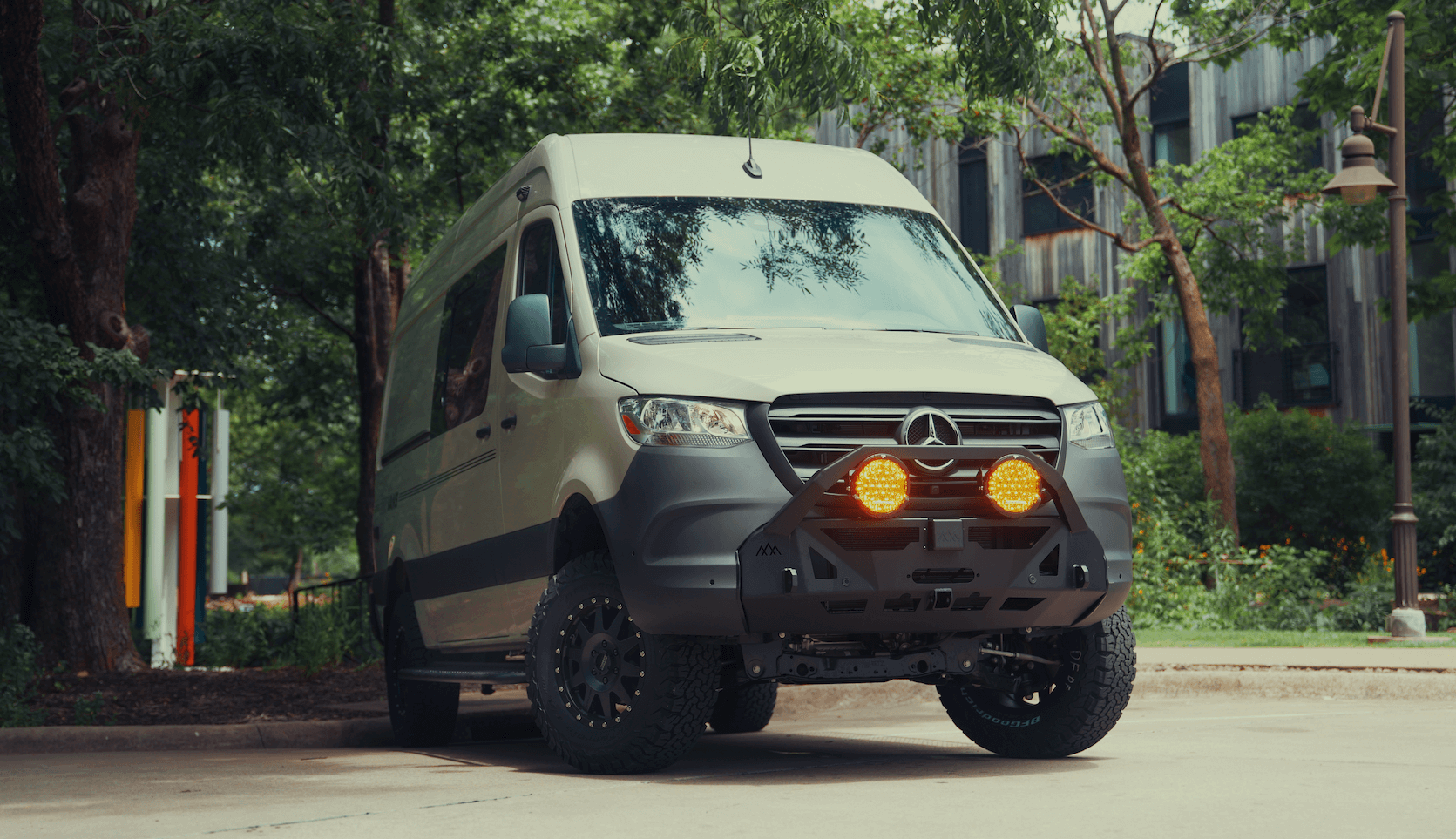Recreational Vans

A heated mattress pad uses embedded heating elements or water channels to deliver gentle warmth directly under your body. Electric models rely on resistive wires or carbon fiber filaments regulated by a controller that adjusts the temperature through multiple levels or a thermostat. Water based systems circulate warmed water through thin tubes, which can offer even heat and precise control, though they add bulk and require a separate control unit. Because the heat starts at the sleep surface instead of the room air, you can often turn down your furnace and stay comfortable under lighter bedding. Many pads offer dual zones so partners can choose different settings without compromise.
Low voltage electric designs step household power down at the controller, which can improve safety and reduce electromagnetic fields near the bed. Most controllers include timers, auto shutoff, and overheat protection that monitors both pad temperature and ambient conditions. When used correctly, a pad preheats the bed before you climb in, then holds a steady level that feels cozy rather than hot.
Safety features to look for:
Materials and fit:
Care and maintenance:
Electric heated mattress pads typically draw 30 to 120 watts per side depending on level and size. A queen dual zone pad at a medium setting may average 60 to 80 watts total across the night, which is far lower than a space heater. For off grid use, total energy equals watts times hours. Eight hours at 70 watts uses about 560 watt hours. On a 12 volt battery bank, that is roughly 47 amp hours before inverter losses. A pure sine inverter adds conversion overhead, often 8 to 15 percent. Minimizing run time with a strong preheat and lower sleep setting can save a meaningful chunk of capacity.
Twelve volt specific heated pads exist and can remove inverter losses, though selection and sizing are more limited. If you run an AC pad on an inverter, check surge tolerance and ensure the controller does not complain about modified sine wave output. A compact lithium battery with at least 100 amp hours paired with solar or alternator charging offers a practical margin for winter trips. Insulation best practices help too. A thermal break under the mattress, such as a closed cell layer or slatted bed base with airflow, reduces cold soak and condensation. Venting moisture each morning protects the pad and mattress, especially in humid regions.
In homes, a heated pad can lower your thermostat 3 to 5 degrees while maintaining comfort, often saving more energy than a space heater. In vans and small spaces, it becomes a primary sleep comfort tool because it puts heat where you feel it most, not in the air you are not breathing while under the covers.
Practical tips for off grid nights:
OZK integration and next steps
If your plans include a camper van or overland rig, a warm bed depends on more than a switch. Smart power design, proper insulation around the bed, and cable routing that survives rough roads make a real difference. Explore Recreational vans to see how sleep systems fit into full layouts, or review Custom van builds for tailored power and heating strategies. If you are comparing platforms that finance, browse Mainstream vans and plan your electrical from day one.
Warm sleep should not depend on a noisy heater or a risky setup. Tell us how you travel, your battery goals, and the climates you visit. We will spec the right inverter or 12 volt circuit, size your battery bank, and integrate a heated mattress pad into a durable bed platform that sleeps like home. Reach out today and we will map your build so you can turn cold nights into comfort without wasting power.
Ready to sleep warm without draining your battery or overpaying on heat? Tell us how you travel and we will design the power system, bed platform, and heating strategy that fits your trips. Start your build plan and get a warm sleep dialed in.
ADDRESS:
6159 E Huntsville Rd, Fayetteville, AR 72701
PHONE:
(479) 326-9200
EMAIL:
info@ozkvans.com